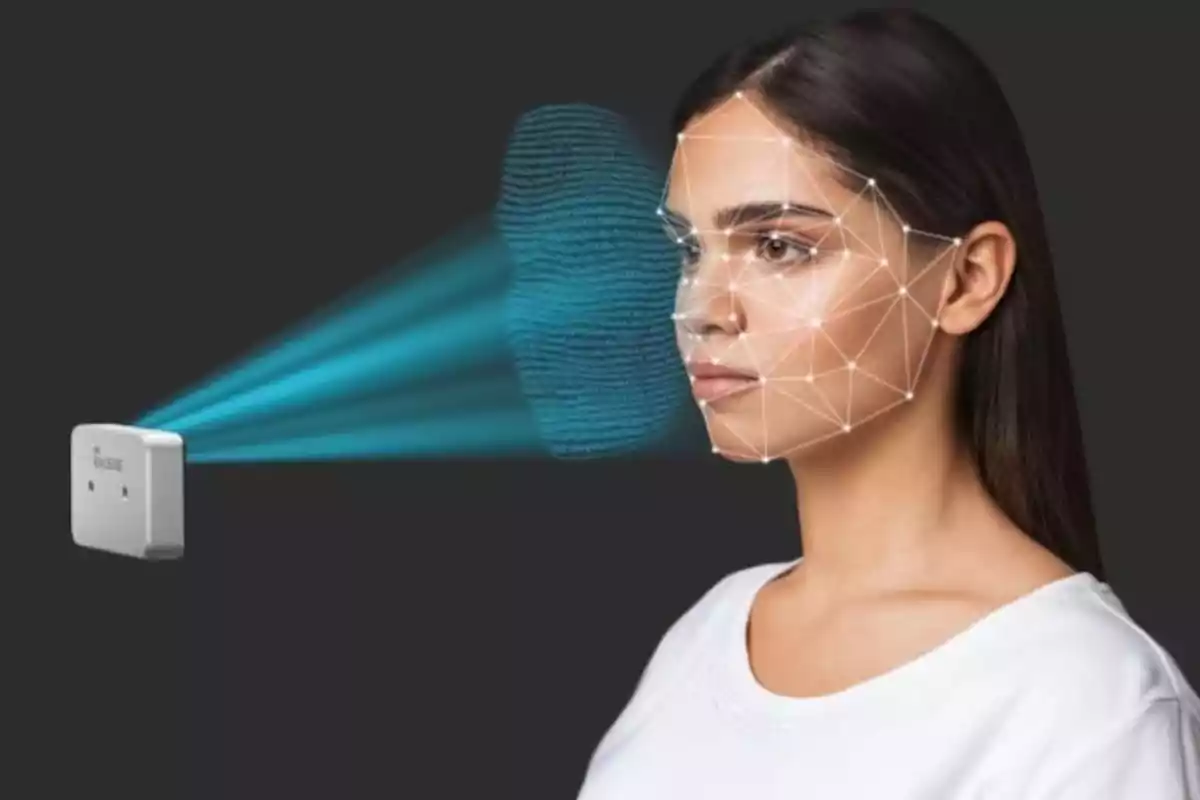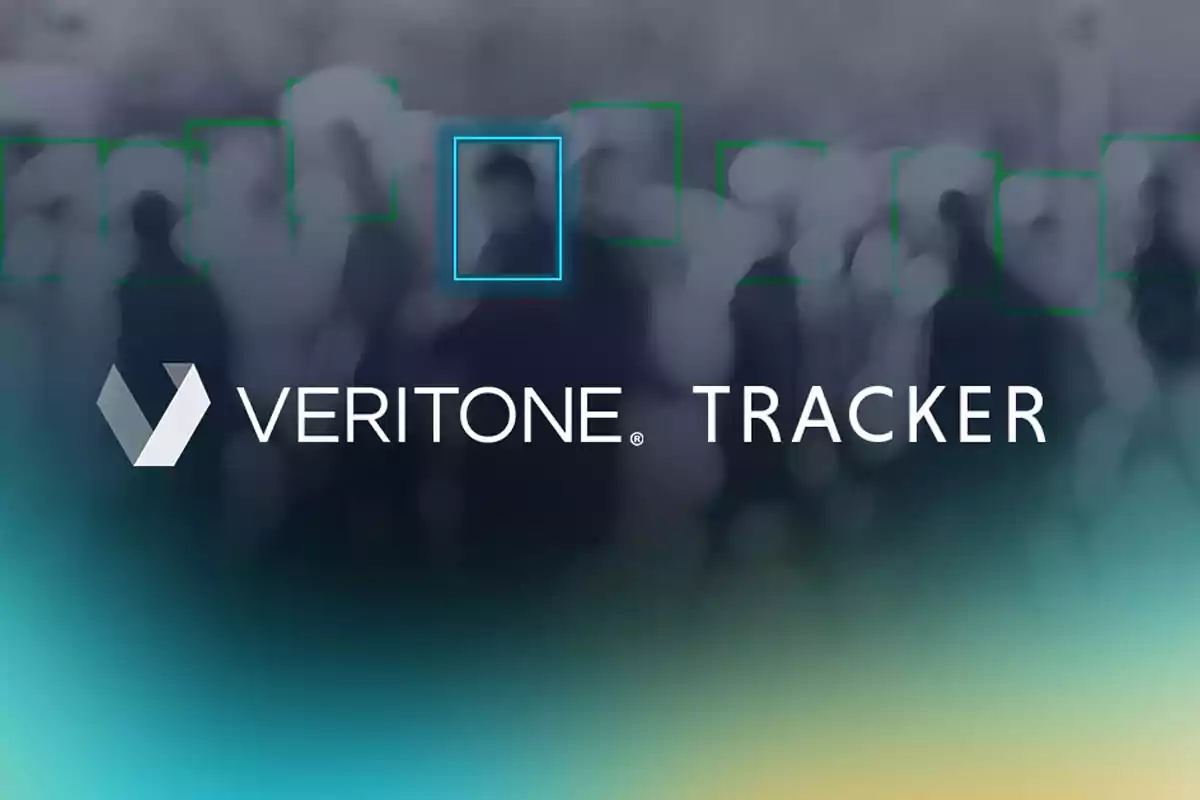
The new tool that tracks people without using facial recognition
Track locates people without scanning their faces and already concerns experts due to its use without clear legal regulation
A technology that tracks people without scanning their faces reignites the alarm over mass surveillance. Although it avoids traditional facial recognition, it poses serious risks to privacy and civil rights.
This is Track, a tool that doesn't identify faces but locates individuals based on visible physical traits. It is already used by security forces in the United States and could expand.

How does the tool that replaces facial scanning work?
Track doesn't need a face to identify a person. Instead, it uses elements like clothing, hairstyle, physical build, or posture to track visual patterns.
The company behind this technology is Veritone. According to their explanation, their system doesn't rely on biometric data but on general appearance information. Even so, civil rights organizations warn that its effects can be the same as facial recognition.
An alternative that also raises concerns
These organizations point out that although the method changes, the surveillance continues. By not using facial scanning, Track bypasses many legal regulations in place for biometric technologies, leaving it in a regulatory gray area.

Additionally, since the information it analyzes can change quickly (clothing, hairstyle), the tool could generate misidentifications.
Why has facial recognition already been criticized?
Facial recognition was suspended in several cities worldwide due to issues of accuracy and lack of transparency. In Buenos Aires, for example, the judiciary ordered its suspension after detecting unjustified detentions.

San Francisco was a pioneer in banning it, and many other localities followed suit. The reasons: racial biases, identification failures, and lack of democratic control.
Is Track really different?
Its developers insist that Track is just a visual search tool, not an invasive surveillance platform. But critics argue that it performs equivalent functions, although not legally recognized as such.
This opens a key debate: how to regulate new monitoring technologies when they avoid existing legal frameworks? What happens when the method changes, but not the purpose?

Already operational in the United States and soon to be in real-time
Currently, Track has been adopted by over 400 American agencies, including police forces and federal entities. The tool is used in investigations, suspect searches, and crowd control.
But the most alarming aspect is that it could soon operate in real-time. This would expand its capacity to surveil without a face, without pause, and without permission.
More posts: